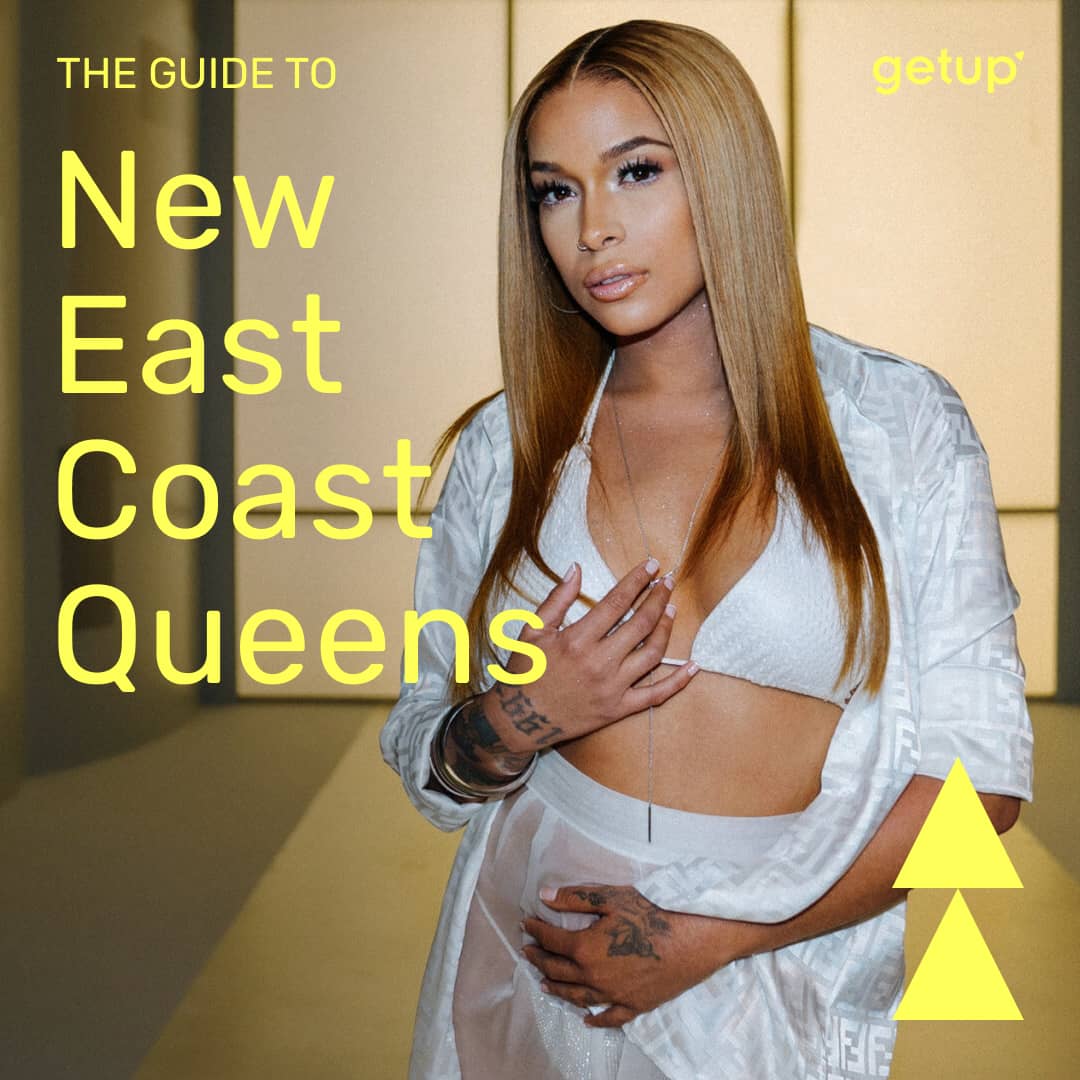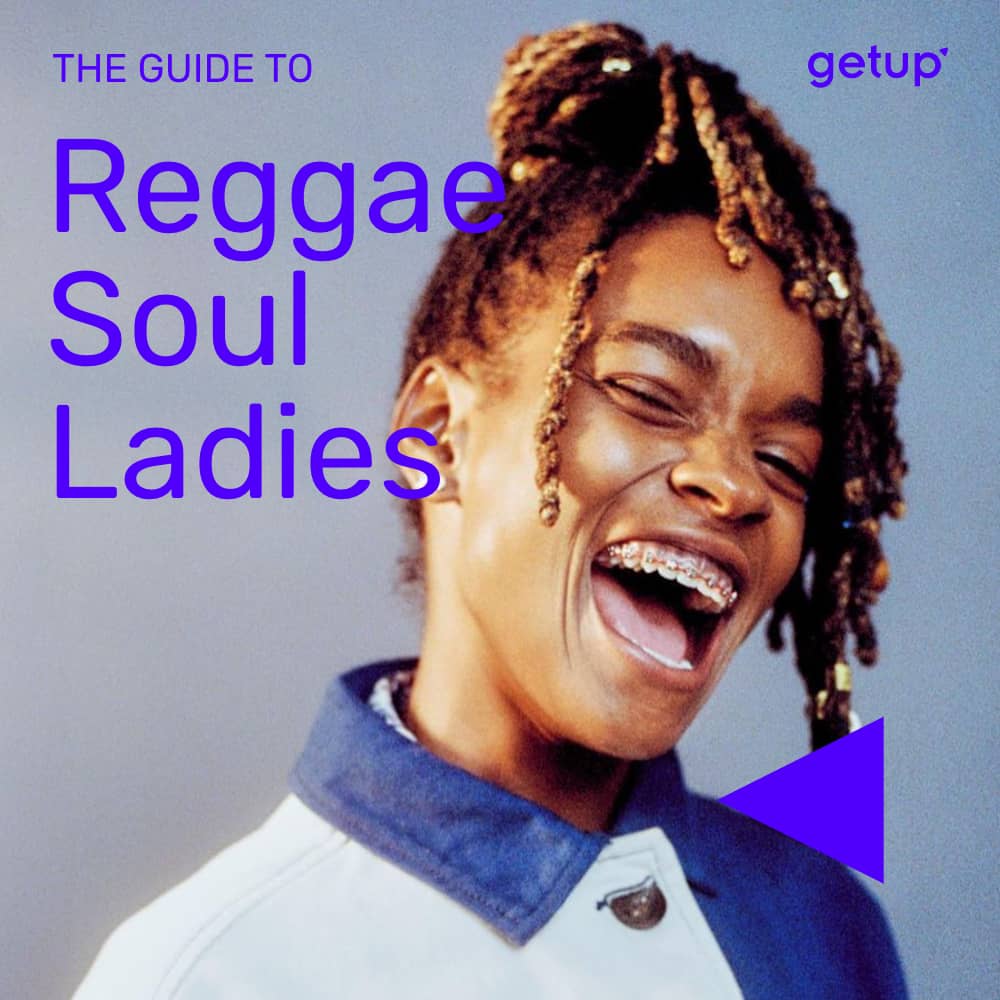If you want to understand alternative R&B all you need to do is gaze into a color wheel. See the red? See the blue? R&B is everything in-between. That's to say the genre melts into a third of the sono-chromatic spectrum modern music encapsulates, and it just happens to be the richest part.
Rhythm and Blues has always been defined by its luscious character, managing to bring sensuality to sadness and smooth the rough edges of rip-roar. Yet, abstractions aside, R&B has often been used as a blanket term to wrap up the slaw of soul, funk, and disco that made rainbows for 1960s Americans.
At some point in the late 90s R&B became a singular dark purple. Usher and R. Kelly hitched their musical wagons to the image of hip-hop and a well-defined funk-pop emerged that fed the heart throbbers their dose of sweat and sex.
Though that deep purple may have eclipsed some of R&B's late 2010s contemporaries, the clouds are parting for the visionaries of the genre to breathe expanse back into the rhythm and blues. Once again, thanks to those willing to explore the horizons, R&B has become too colorful to grab with a single hand.
Elements of electronica, hip-hop, pop, alternative rock, funk, soul, and beyond like to swim in the warmer hues of music's color wheel.
That's what makes this one of the most exciting genres of today. It's impossible to say what it isn't, but you know what it is as soon as you hear it. It feels like the artists are dipping into something deeper than genre, painting a groove that evokes the hips and thuds the heart.
A lot of times I imagine an alternative R&B track as one long moan oscillating between the ecstasy and torment of desire.
Whether it's Kyle Dion's modern take on the soul-funk classics, Dave B effortlessly building a bridge between hip-hop and funk-pop, Charlotte Cardin bringing an alternative edge, or Jamie Isaac's electro-ambient soul driver, alternative R&B can be found lollipopping between cherry, magenta, and teal.
While the leaders of the creative momentum like FKA Twigs reject the term ‘alt r&b’ attributing the category to ethnicity more than sound, I can’t help but think it’s this spirit that drives the ‘alt’ distinction. Certainly, the industry has much to do to create more inclusive spaces for those pushing the frontiers, and one can’t forget “R&B” was a casual replacement for “race-music” in 1948, but until someone like Twigs creates a better term, I’m forced to look at the diversity of sound as a single rainbow.
Swimming in the colors of modern R&B is like giving the ears a healthy dose of sunset magenta. So stare on weary listeners, and enjoy the sound of twilight groove.


.jpg)




